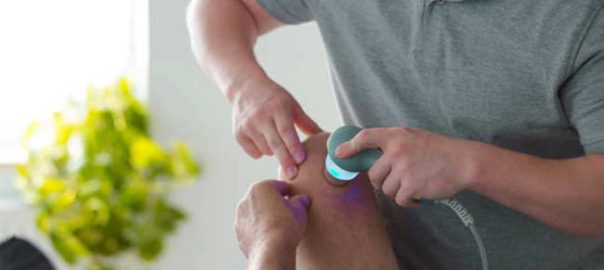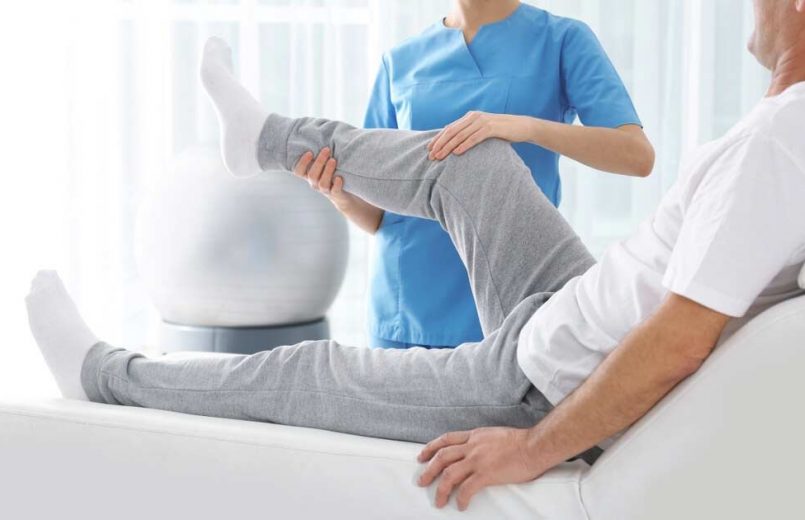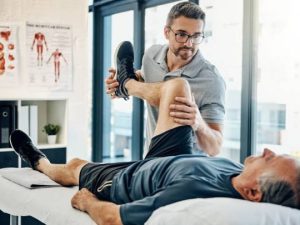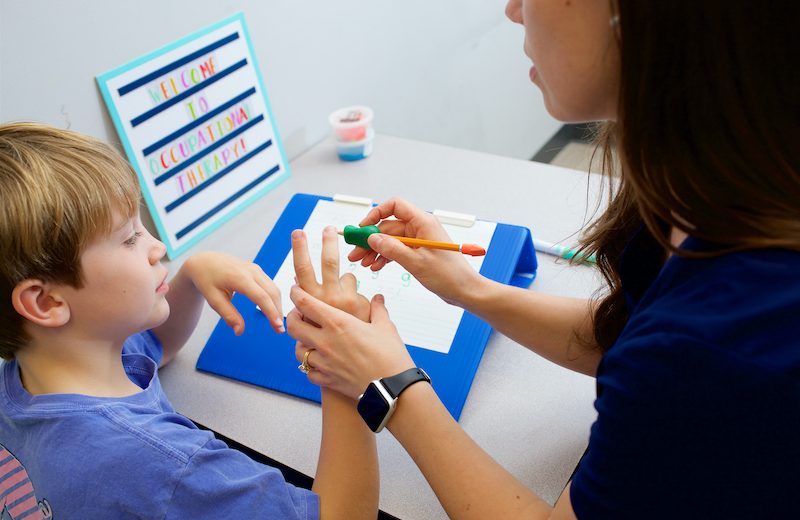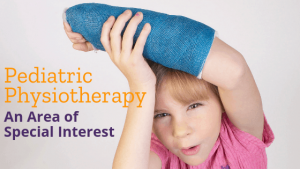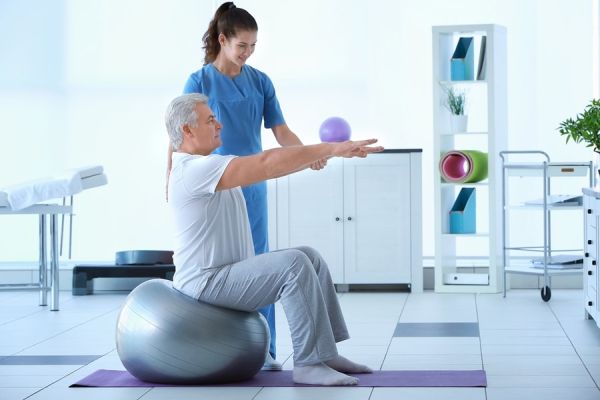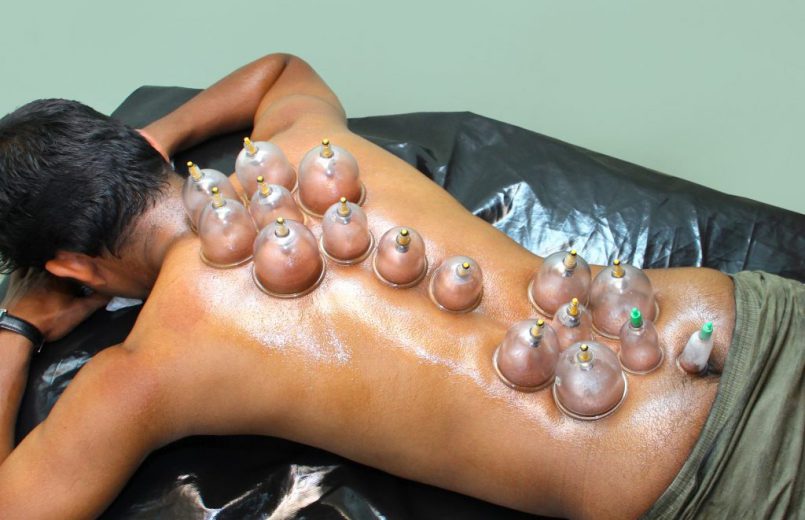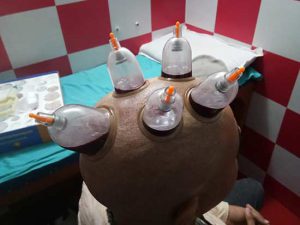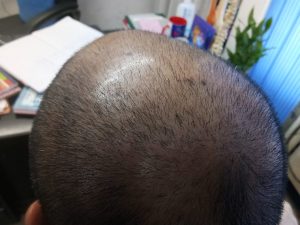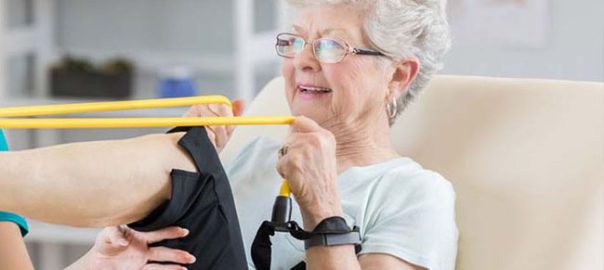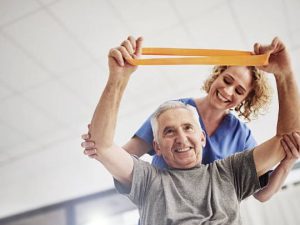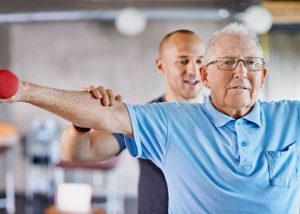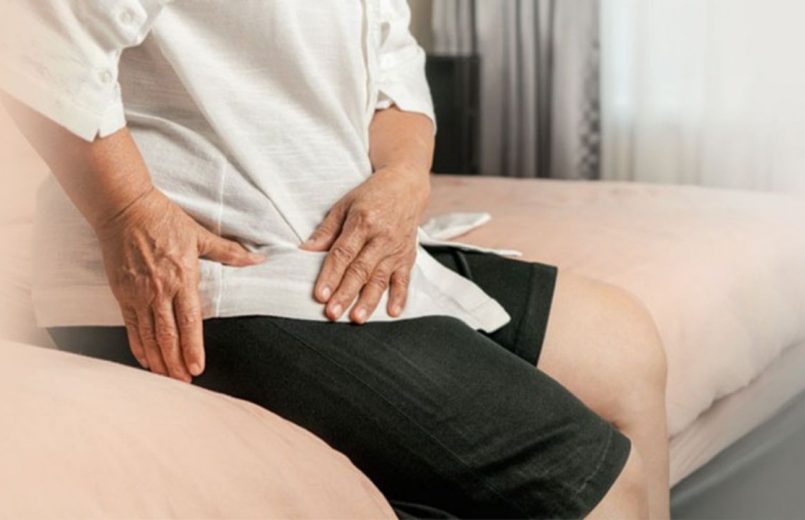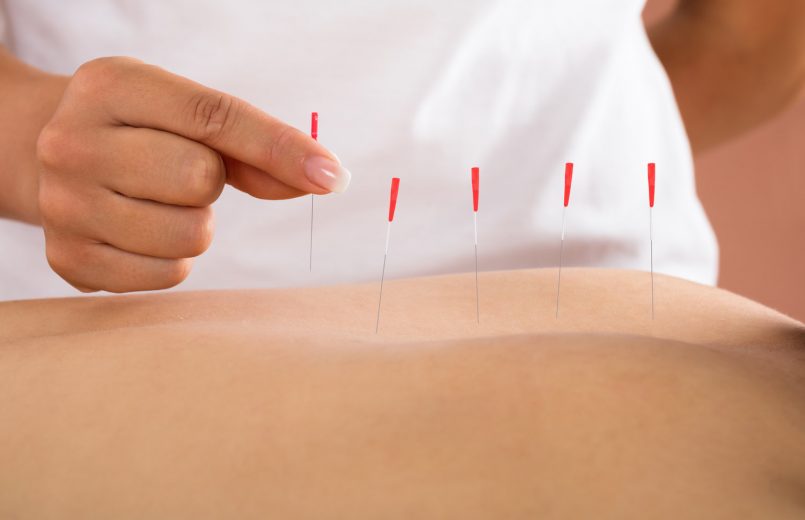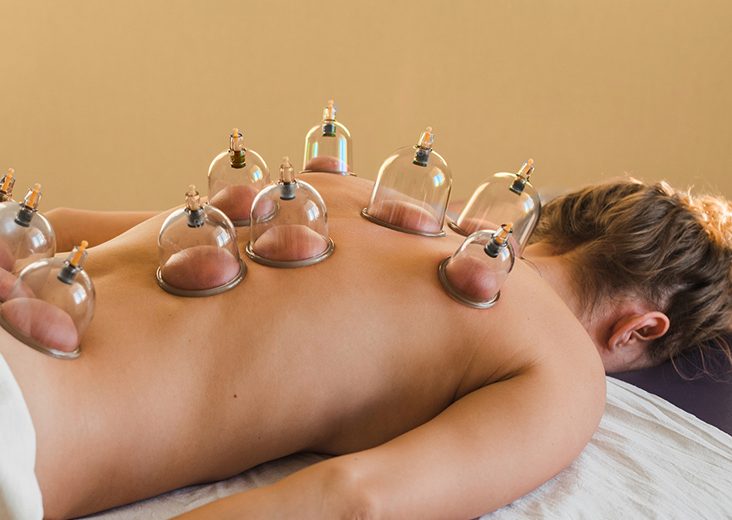Treatment with laser physiotherapy in Dwarka, Delhi is currently very common, as it has proven to be very efficient in treating a multitude of symptoms and pathologies. In addition, it is a very simple practice to apply, safe, non-invasive and painless, which is why it is increasingly being chosen by professionals and patients.
What is laser therapy?
Laser therapy is a physical therapy technique used to relieve pain, reduce inflammation and stimulate tissue and fiber regeneration. In physiotherapy, it involves sending an electromagnetic beam to a certain area of the human body for therapeutic purposes.
To do this, low-frequency laser waves produced by a specialized device are used. The wavelength and the power will determine the penetration capacity of the laser in the tissue . The longer the wavelength, the greater the penetration capacity.
The light beam can pass through different layers of the skin and exert its effect at the level that is needed: superficial skin, dermis, subcutaneous cellular tissue, muscular fascia, muscles, tendons, ligaments or joints, as well as deep blood vessels, nerves and bone.
The low-frequency emission and the variable or continuous amplitude ensure its safety and the possibility of adapting to the therapeutic need.
What pathologies can be treated with laser physiotherapy in Dwarka?
Laser therapy can be used to treat a wide variety of physical problems, from muscle injuries to degenerative joint disorders. That is why the high intensity laser is a very useful tool for advanced physiotherapy in Delhi. It can be used as a single therapy or in combination with other techniques.
- As treatments in the acute phase where there is a lot of pain.
- Arthritis
- Bursitis
- Cervicobraquialgia.
- tears
- dislocations
- For all processes that cause pain: Craniofacial, joint, back, shoulder, lumbar
- Edema
- In patients with plantar fasciitis problems.
- For treatment of injuries with associated pathologies, such as osteoporosis.
- In the treatment of sports injuries such as muscle tears, contractures or sprains, tendons and neuropathic pain.
- Hematomas
- Its antibacterial power also makes it very suitable for treating open wounds, ulcers or herpes.
- Traumas
- Tendinitis
- In shoulder tendinopathies and retractile capsillitis (known as frozen shoulder).
- As treatment of the external scar after a surgical process.
- In patients operated on cruciate ligament or knee prosthesis, mitigating pain and helping healing.
- Ulcers
What benefits does it bring?
- Helps in the recovery of painful symptoms of musculoskeletal diseases.
- It is a valuable tool for rehabilitation, since it effectively promotes the recovery of functions that were compromised by surgery, trauma or fractures.
- Increases metabolic activity, which can reduce healing time.
- Increased blood circulation by vasodilation of capillaries, veins and arteries.
- Improves lymphatic drainage.
- Cell regeneration.
- Anti-inflammatory and analgesic effect on tissues that are more sensitive than normal.
- Inhibits the sensation of pain and provides immediate relief.
- Achieve a better quality of life, being able to resume daily activities such as work, sports and social life in a short time.
What are its advantages?
- Reduced number of applications.
- Quick treatment sessions from 3 to 10 minutes.
- It has a simultaneous inflammation-edema-pain action in a single impulse.
- It is a painless and non-invasive therapy.
- It has no contraindications.
Laser Physiotherapy in Dwarka, Delhi
At Dr Sarwar Physiotherapy Center we use a Laser Therapy that overcomes the limits of traditional laser therapy and at the same time takes advantage of low and high power through a patented quality boost .
This is based on two combined and synchronized emissions : one is assimilable, in terms of power, to LLLT (Low Intensity Laser Therapy), while the other has the typical characteristics of High Power.
Anyone can undergo laser physiotherapy in Delhi since, as we have mentioned, it does not have any contraindications. It is a simple and painless process. The only sensation perceived by the patient will be an increase in temperature in the area being treated. If you suffer from any of these pathologies, do not hesitate to contact your physiotherapist in Delhi and try laser therapy: you will see how you manage to considerably improve your quality of life.

